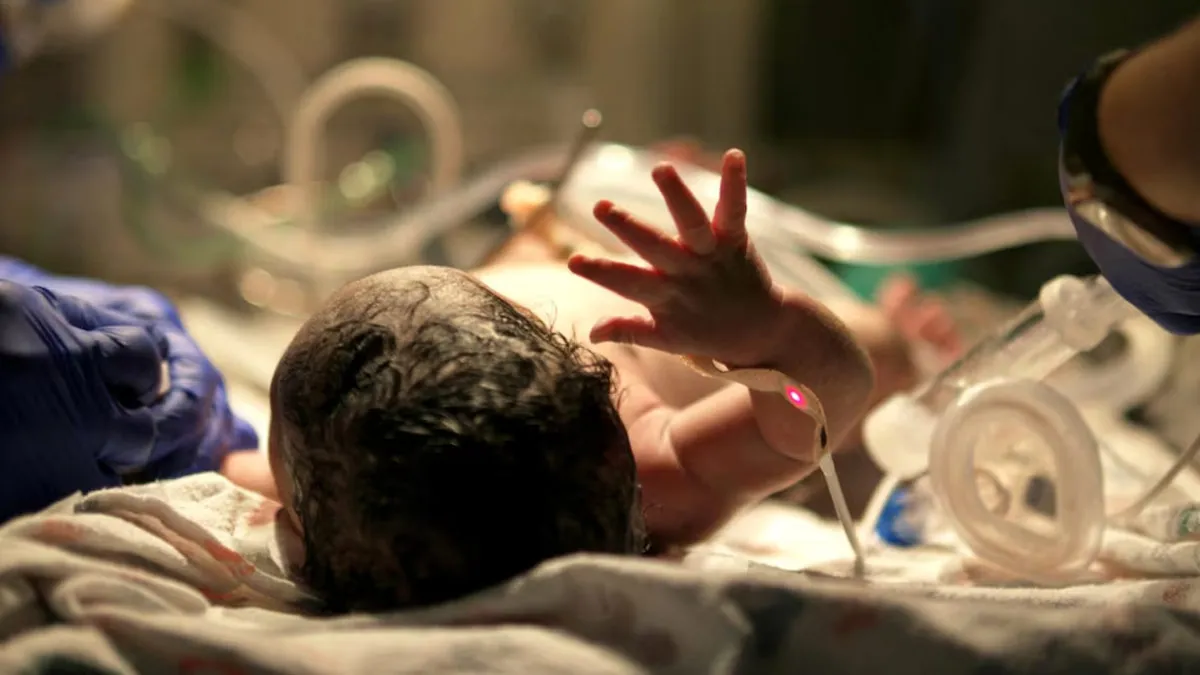
As a parent, you want nothing more than to see your newborn healthy and happy, but have you ever wondered how you’d know if something was wrong? One serious condition to watch out for is neonatal sepsis, an infection that can affect babies in their first few weeks of life. It’s a scary thought, but knowing the signs and understanding the risks can make all the difference. Early detection and treatment are key to ensuring your baby stays safe. We spoke to Dr Gandhali Deorukhkar, Consultant, Obstetrics and Gynaecology, Wockhardt Hospitals, Mumbai, who shared what to look for and why quick action matters.
Table of Content:-
What Is Neonatal Sepsis?
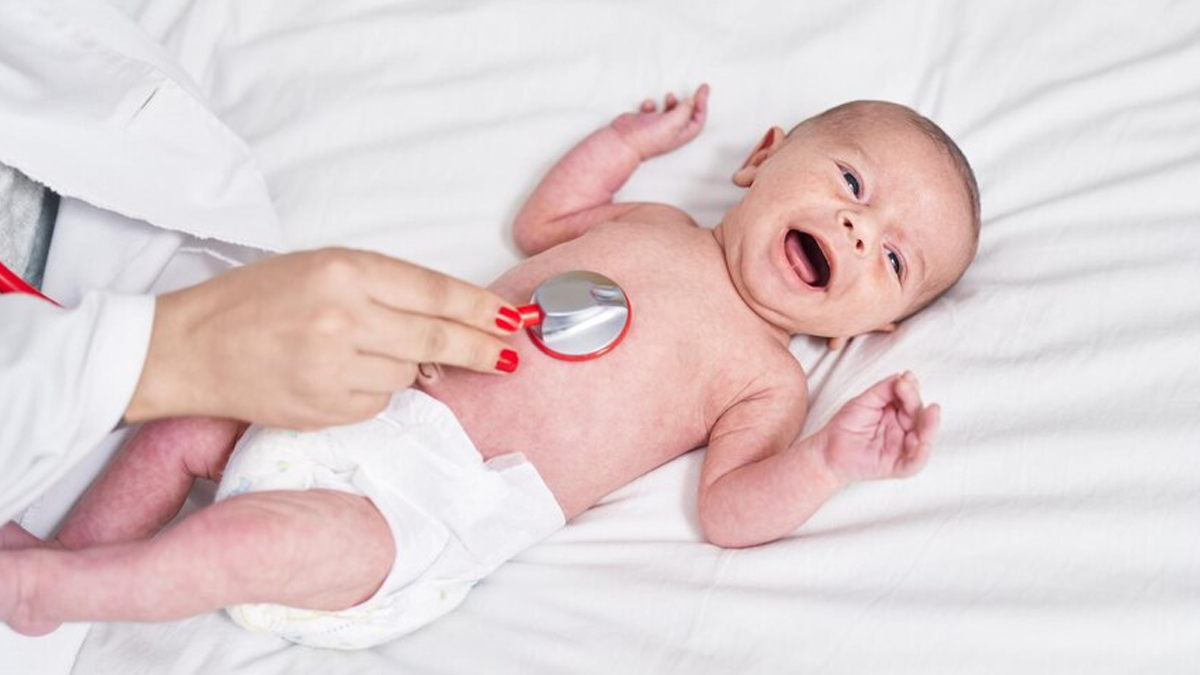
Neonatal sepsis is a serious and life-threatening condition caused by a systemic infection in newborns within the first 28 days of life. According to a 2020 study, neonatal sepsis is a systemic condition caused by bacterial, viral, or fungal infections, leading to hemodynamic changes and clinical symptoms that result in severe illness and potentially high mortality. Its incidence varies based on how the condition is defined and the population studied, typically ranging from 1-5 cases per 1,000 live births.
It is categorised into two types: Early-Onset Sepsis (EOS), which occurs within 72 hours of birth, and Late-Onset Sepsis (LOS), developing after the first three days. Timely recognition and treatment are essential to prevent severe complications or fatalities.
Also Read: Baby Health: Side Effects Of Wearing The Same Diaper For Long In Infants
Symptoms of Neonatal Sepsis
The signs and symptoms of neonatal sepsis can be subtle in the early stages, making it challenging to detect. However, if not addressed quickly, these symptoms can escalate rapidly, leading to severe health risks. Dr Deorukhkar listed the key symptoms that you should look out for as follows:
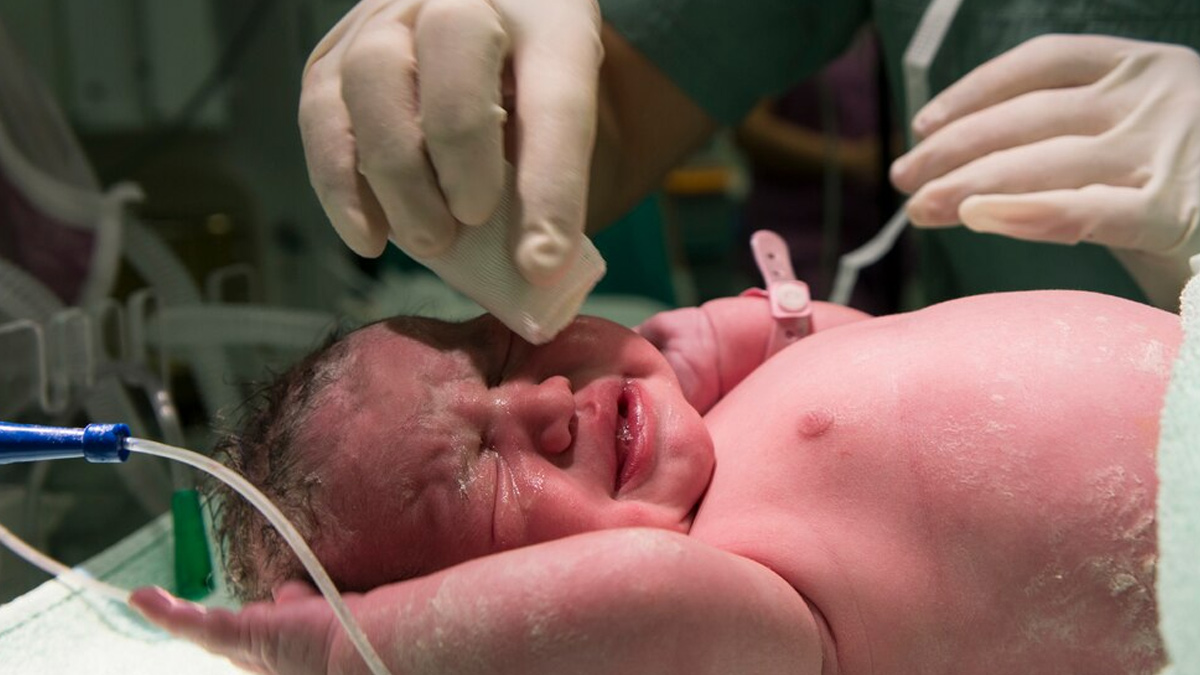
- Respiratory Distress: One of the primary indicators of neonatal sepsis is respiratory difficulty. Babies may exhibit symptoms like rapid breathing, grunting, or apnoea (pauses in breathing). These signs suggest that the infant’s body is struggling to get enough oxygen due to infection.
- Temperature Instability: Newborns with sepsis may experience fluctuating body temperatures. This can manifest as either a fever or hypothermia (a dangerously low body temperature). Such instability signals the body's impaired ability to regulate heat, a common complication in septic infants.
- Feeding Problems: A newborn with sepsis may have difficulty feeding. This could manifest as poor sucking or vomiting, both of which are concerning signs. Newborns rely heavily on proper feeding for their growth and development, and any disruption in feeding can quickly affect their overall health.
- Behavioural Changes: Irritability or lethargy is another common symptom. Sepsis can make babies unusually fussy or excessively sleepy, and these changes are often signs of underlying discomfort or illness.
- Physical Signs: Sepsis may also cause visible physical changes, such as jaundice (yellowing of the skin and eyes), pale or blotchy skin, and circulatory abnormalities like a rapid heart rate or low blood pressure. These signs indicate that the infection may be spreading and affecting multiple organs.
- Seizures: In severe cases, seizures can occur, which suggests that the infection has spread to the central nervous system. This is an urgent condition that requires immediate medical intervention.
Risks and Factors Contributing to Neonatal Sepsis
Several factors increase the likelihood of a newborn developing sepsis. These include maternal health, premature birth, and environmental factors.
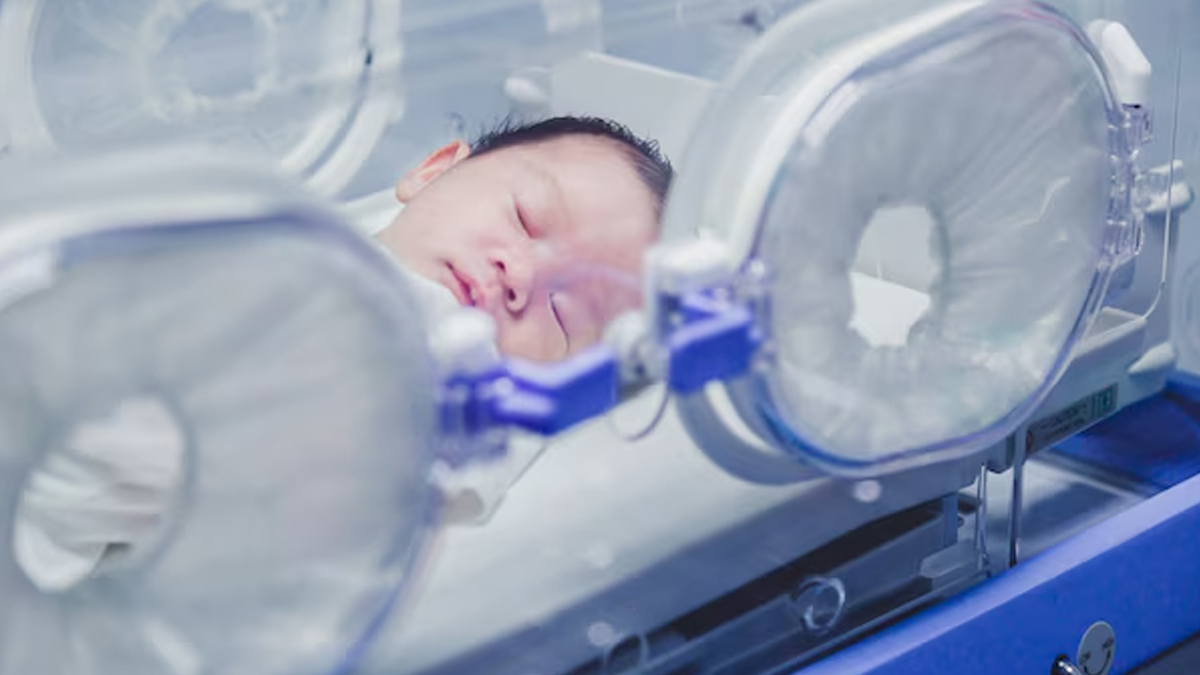
- Maternal infections, including prolonged rupture of membranes or infections like Group B Streptococcus during pregnancy, can transfer to the newborn.
- Preterm birth and low birth weight also significantly elevate the risk due to immature immune systems.
- Additionally, hospital-acquired infections during Neonatal Intensive Care Unit (NICU) stays or invasive procedures are common contributors in late-onset cases.
Also Read: What’s Best For Your Baby: Breastfeeding Or Formula Feeding?
Complications of Untreated Neonatal Sepsis
If neonatal sepsis is not diagnosed and treated promptly, it can lead to severe complications that may endanger the infant’s life. These complications include:
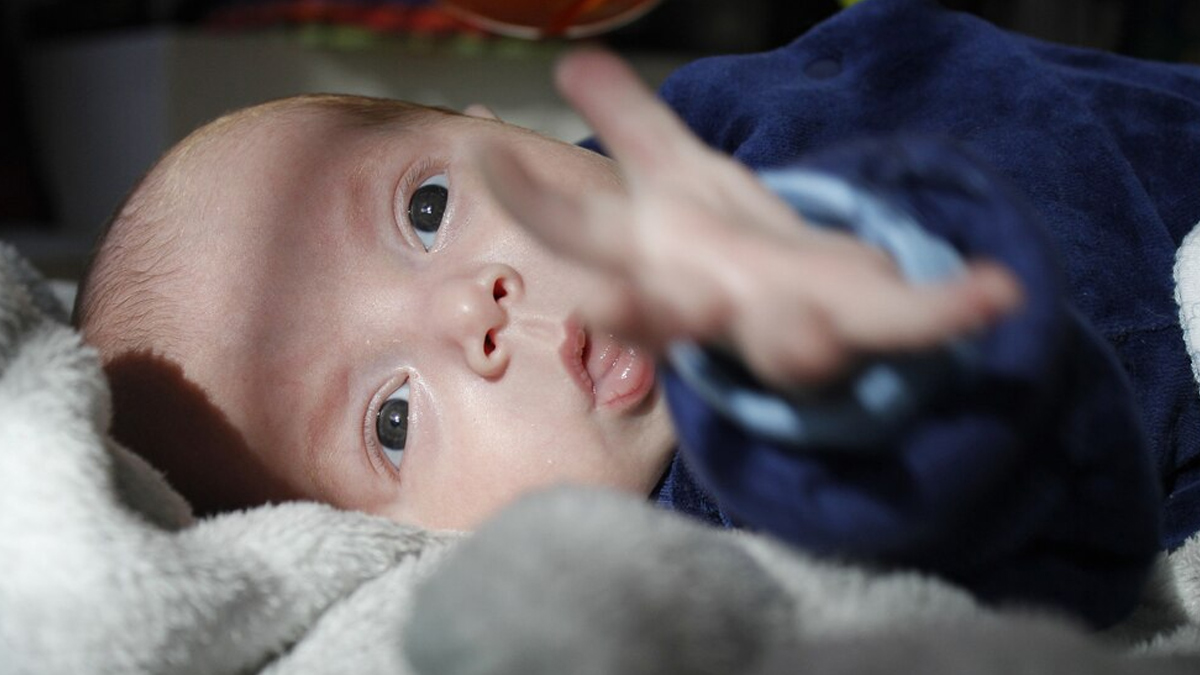
- Meningitis: An infection affecting the protective layers around the brain and spinal cord. It can result in long-term neurological damage or death if not treated.
- Organ Failure: Sepsis can cause the organs to fail due to widespread infection. This includes the kidneys, liver, lungs, and heart, leading to long-term health challenges or fatality.
- Septic Shock: In extreme cases, sepsis can lead to septic shock, a condition in which the body’s organs stop functioning properly, and blood pressure drops to dangerous levels.
Diagnosis and Treatment

“The diagnosis of neonatal sepsis involves performing various tests, such as blood cultures, to identify the bacteria or virus causing the infection. Once a diagnosis is made, immediate treatment with antibiotics is crucial. The choice of antibiotics will depend on the specific pathogen identified, and in cases of severe infection, a combination of antibiotics may be used to target different types of bacteria,” said Dr Deorukhkar.
Preventive Measures
Preventing neonatal sepsis begins with good prenatal care. "Regular screenings for infections in expectant mothers, especially Group B Streptococcus and urinary tract infections, can help identify potential risks before labour. Practising good hygiene during labour and delivery and ensuring that newborns are kept in a clean and sterile environment are also essential steps in reducing the risk of sepsis," concluded Dr Deorukhkar.
[Disclaimer: This article contains information provided by an expert and is for informational purposes only. Hence, we advise you to consult your professional if you are dealing with any health issues to avoid complications.]
Also watch this video
How we keep this article up to date:
We work with experts and keep a close eye on the latest in health and wellness. Whenever there is a new research or helpful information, we update our articles with accurate and useful advice.
Current Version